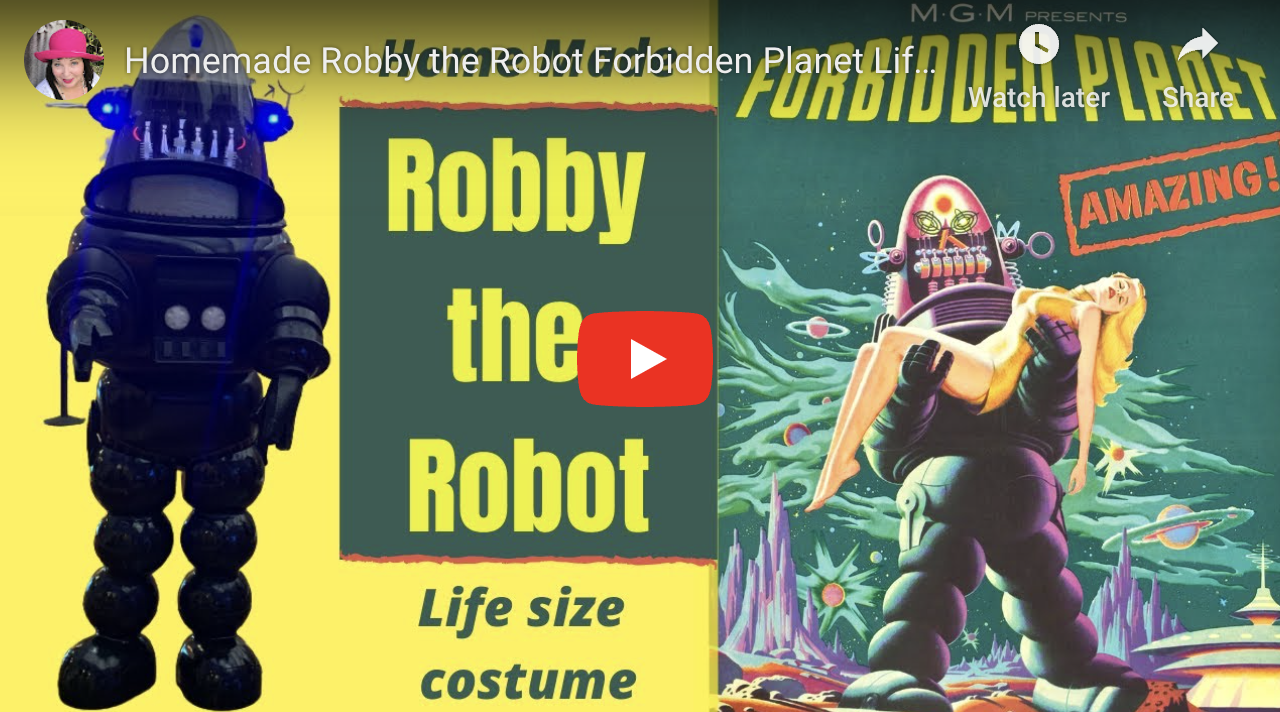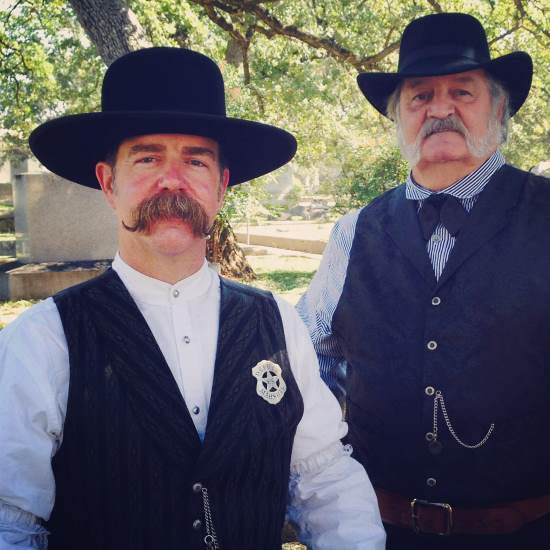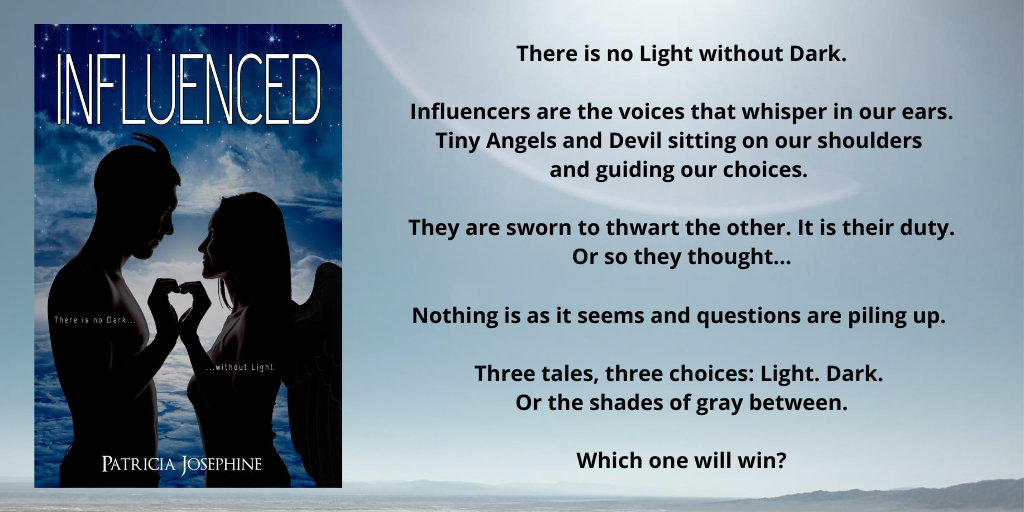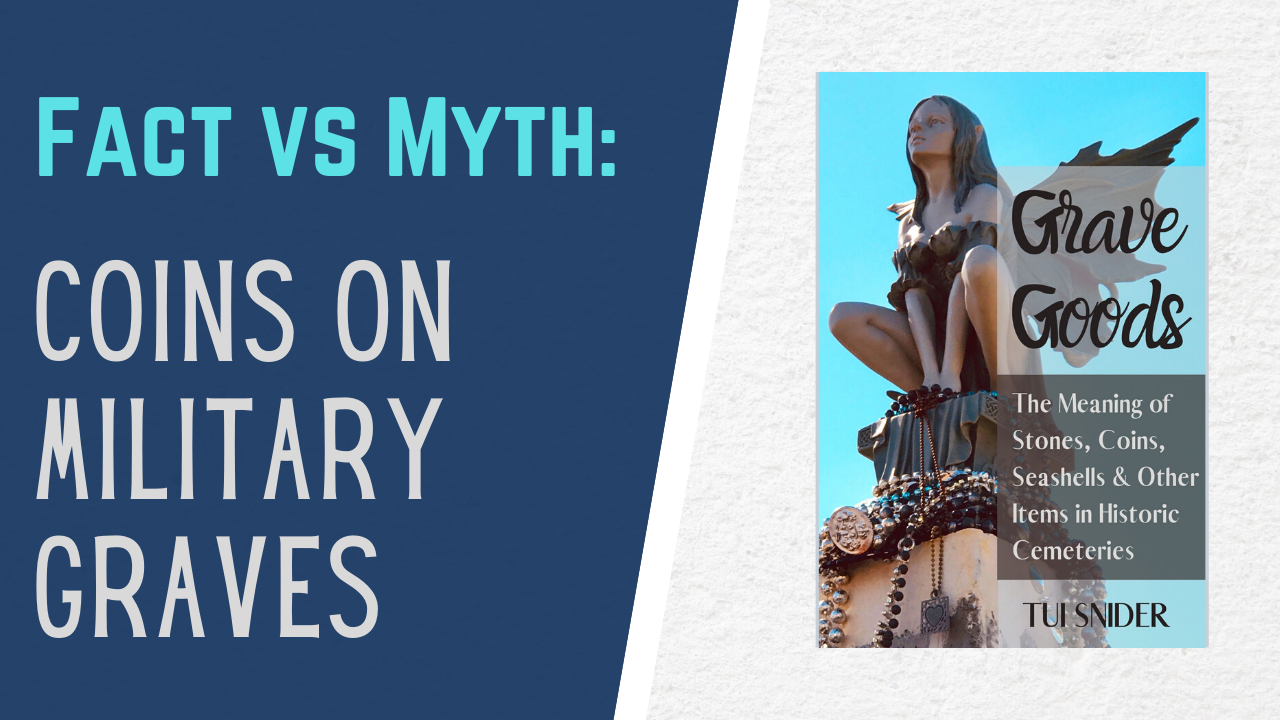[ For my FREE book about cemetery symbols, click here.] Homemade Robby the Robot Forbidden Planet Life-Size Costume Last year, my mad scientist husband, Larry, built his own life-size Robby the Robot costume from scratch! There were no plans available for making one, so he painstakingly designed it all himself. He even learned CAD and 3D printing in order to make his own Robby the Robot! This is one reason why his replica weighs 45 pounds as opposed to the original, which weighs about 125 pounds. Since Halloween’s coming up, I made a video showcasing Larry making, building, and wearing…
Category: Cemeteries & Symbolism
[ For my FREE book about cemetery symbols, click here. The following article is an adapted excerpt from my travel guide to haunted places called, Paranormal Texas. Full disclosure: it’s an Amazon affiliate link. If you buy stuff after clicking it, I make a few pennies at no additional cost to you. Win/win, right?] Oakwood Saints and Sinners Tour What do you get when you combine live theater regional history and a beautiful texas burial ground? Why the Oakwood Cemetery Saints and Sinners Tour, of course! Every October the North Fort Worth Historical Society chooses interesting characters from Oakwood Cemetery’s…
[ For my FREE book about cemetery symbols, click here. The following article is an adapted excerpt from my travel guide to haunted places called, Paranormal Texas. Full disclosure: it’s an Amazon affiliate link. If you buy stuff after clicking it, I make a few pennies at no additional cost to you. Win/win, right?] Doll House Museum in Granbury, Texas The Granbury Doll House Museum has over 2500 dolls from around the world. The dolls are on display throughout a two-story historic home that, when you think about it, kinda looks like a great big dollhouse. This unique museum was…
[The following is an adapted excerpt from my book, Grave Goods: The Meaning of Coins, Seashells & Other Items Left at Historic Cemeteries. I hope you enjoy it! Also, full disclosure: that’s an Amazon affiliate link. If you buy stuff after clicking it, I make a few pennies at no additional cost to you.] Do coins mean specific things on military graves? A modern urban legend that began making the rounds of the internet in 2009 claims that when coins are seen on military headstones, the different denominations mean specific things. I wanted it to be true, but… In recent years,…
[The following is an adapted excerpt from my book, Understanding Cemetery Symbols. I hope you enjoy it! Also, full disclosure: that’s an Amazon affiliate link. If you buy stuff after clicking it, I make a few pennies at no additional cost to you.] How to Identify US Veterans’ Graves Today I’ll show you how to quickly identify 3 different types of official American military markers for soldier’s gravesites. To see more examples and learn some surprising history, check out the video I made, too: Here’s a video for Identifying US Veterans Graves: #1 Civil War Type Markers The first official US…


![Doll House Museum, Granbury, TX [photo (c) Tui Snider]](https://tuisnider.com/wp-content/uploads/2020/10/550-doll-museum-03.jpg)

